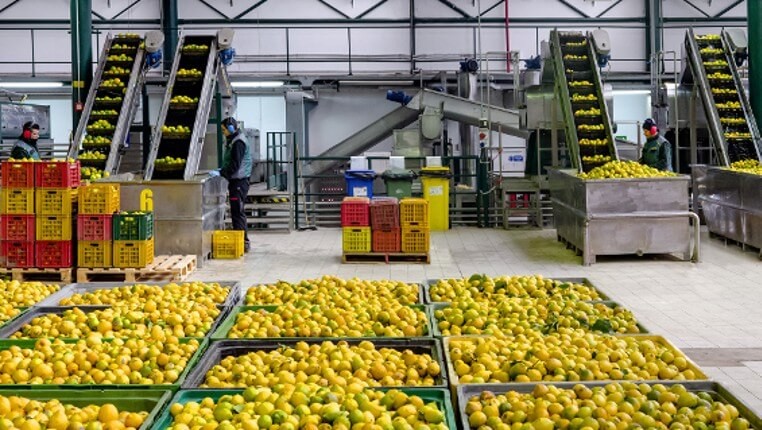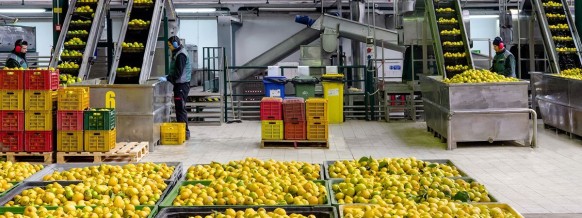There is no one-size-fits-all solution when buying a vacuum distillation system. Different parameters have to be taken into account to provide the most efficient solution.
Peace-of-mind solution
The best vacuum system is the one you never have to worry about. It should deliver the required performance. And run seamlessly and reliably. This is achieved by a combination of the right technology integrated in a suitable skid. Combined with the required protection and safety sensors. The right operating procedures including warm-up and shut-down cycles are also key factors for trouble-free operation. A vacuum distillation system can also include redundancy. To increase the reliability of the system and to reduce the downtime by allowing maintenance without process downtime.
Safety
A vacuum distillation system should never pose a danger to your co-workers. This is especially important whenever explosive, flammable and toxic compounds are handled. In this case, the vacuum system needs to comply with the local explosion regulations such as ATEX, IECEX, Ex-Proof or KOSHA. The right level of leak-tightness is also crucial to prevent any leakage of toxic compounds. In this case, specific options such as double mechanical seals and barrier gases are recommended.
Cost of ownership
Focusing only on the initial investment costs is usually not the best way to optimize the total
cost of ownership of a vacuum distillation system. Several other parameters have to be taken into account. To choose the right technology on the one hand and to adapt the system design on the other hand. The main points to consider are the consumption of cooling water, operating fluid, flushing liquid or other. But also, the costs for waste treatment such as the treatment of water contaminated by the operating fluid. The frequency and cost of maintenance should also be taken into account. Finally, it is important to take a holistic look at the vacuum system. Pipes that are too small, for instance, can greatly impair the performance of the system.
Energy efficiency
The energy consumption of a vacuum distillation system is a key selection factor. Depending on the operating pressure, different technologies can be considered. For low pressures and high volume flows, a multi-stage design including vacuum boosters can be a cost- and energy-efficient solution. Additionally, the regulation of the vacuum demand is key. Nowadays, most systems can be operated with a variable speed drive to reduce power consumption when vacuum demand is low.
Extended lifetime
To extend the lifetime of a vacuum system, several parameters should be considered. One of them is the use of the right technology and the right pump configuration. This includes the appropriate sealing liquid, construction and sealing materials for the chemicals reaching the vacuum system. Another one is the proper use of the system. In most cases, warm-up and shutdown cycles, including clean-in-place (CIP), are required to maintain performance at factory standards.
Money savings by system upgrade
Your process, including vacuum demand, may have changed. This leads to the question, whether your system is still adapted to your needs. And whether it is still operating as energy-efficiently as possible. When it is time to upgrade or replace a vacuum system, it is worth looking at the entire installation. To identify any potential for optimization. Modern technologies can make it possible to save money by reducing operating fluids and energy consumption. For example, by switching from steam jets to dry solutions.
Process gas
Depending on the composition of the process gas, it may be valuable to recover or neutralize it. A dry solution, for instance, allows the recovery of non-contaminated process gas at the exhaust of the vacuum pump. Operated with the right operating fluid, a liquid ring vacuum pump can be an efficient neutralization system. APOVAC, for example, has been specially designed for this purpose.








